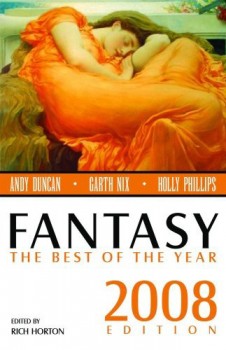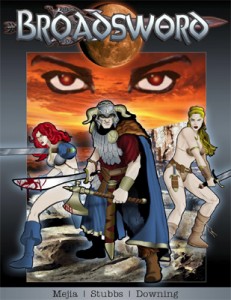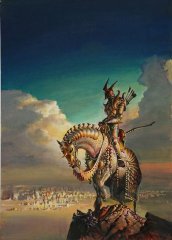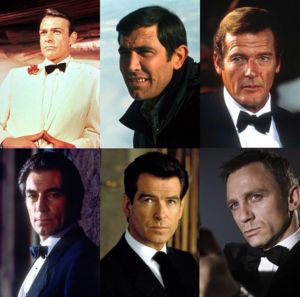Writing Thoughts
So today I stole a half hour to write from what I should have used as lunch time. I ended up writing for 45 minutes and getting quite hungry later, but the prose result left me feeling both satisfied and muddled.
Here’s the thing. On the novel WIP I am lucky to get a few hundred words every time I sit down to write, be it for an hour or two hours or three. Every sentence or so I stop to look at e-mail, or check up something pointless on Wikipedia, or what have you. But when I sat down to write today, I did none of that. I was in the zone. It was like taking dictation from my first person narrator. In that 45 minutes I wrote 1421 words, which I have just calculated up to be something like 31.6 words a minute. I was pleased. I can’t keep all of those words; some must be replaced and others must be expanded upon, but I will keep most of them. It’s a solid first draft, seven pages, and I am eager to write more.
This is what writing is supposed to feel like. I remember this. I had forgotten. So my experience begs the question — am I writing the right thing, or should I switch over to this? Working with certain characters, for me, is just like taking dictation. Should I stick with them? See, I’m muddled, but pleased.
I keep not having time to post my final thoughts on Universe R.
Hey, looks like I’m going to be interviewed Thursday night on a radio show! I’ll post on that Wednesday. Just finished some paper grading, now I must kitchen clean.
What are your thoughts on this whole writing quandary I find myself in? Might it be that I’m just weary of a long process (novel 2 in a sequence) or that I really am writing the wrong thing? How many of you find yourselves in the same or similar place? Life is short, no one’s jumping up and down to buy these mist novels, perhaps I should simply write about Dabir and Asim in novel form. They’re the only thing I write that sells to multiple markets…
Howard

 This week we thought we’d take you on a tour of some of the online reactions to out latest print issue, Black Gate #11. You’ll find a gamut of opinions represented below, from both pros and amateurs.
This week we thought we’d take you on a tour of some of the online reactions to out latest print issue, Black Gate #11. You’ll find a gamut of opinions represented below, from both pros and amateurs.
 John is just about done cramming in the stories, and I’m pretty excited about those as well. We’ll have 7000 more words than we had even last issue. Here’s what you can expect:
John is just about done cramming in the stories, and I’m pretty excited about those as well. We’ll have 7000 more words than we had even last issue. Here’s what you can expect: